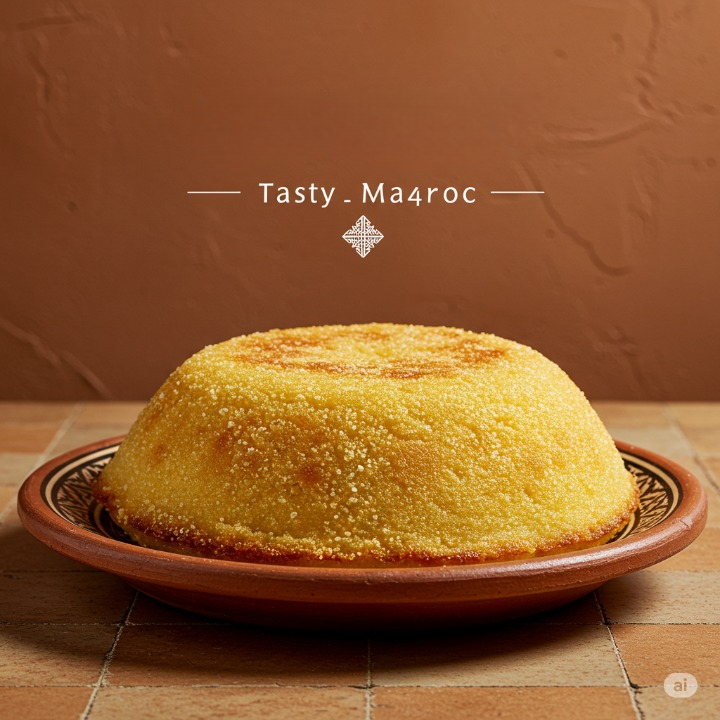
Unpacking the Unexpected Role of Raisins in Morocco’s Most Iconic Meals
When you think of raisins, your mind probably goes straight to desserts — oatmeal cookies, granola bars, or sweet breads. But in Moroccan cuisine, these wrinkled little gems are more than just sweet accents. They’re hidden treasures that bring balance, tradition, and even symbolism to a variety of dishes — including savory ones.
Yes, savory.
It might sound unusual, especially if you didn’t grow up around Moroccan food. But I still remember my first proper Tfaya couscous at my aunt’s house in Marrakech — the raisins were warm, soft, caramelized, and melted right into the spices. It was unlike anything I had tasted before: sweet, savory, deep.
So, what makes raisins so important in Moroccan cooking?
Let’s dive into their unexpected roles — from enhancing flavor and texture, to carrying centuries of culinary tradition.
🏺 1. Raisins in Moroccan Culture – More Than Decoration
In Moroccan households, raisins aren’t a garnish. They’re an ingredient with purpose.
Historically, dried fruits like raisins were essential for survival — they lasted long, didn’t spoil, and provided quick energy. But over time, they became deeply woven into the culinary and cultural fabric of Morocco. Especially in celebrations.
Raisins are often used in:
- Weddings and Eid dishes
- Friday couscous (served with sweet onion & raisin topping)
- Festive tagines, especially lamb and chicken-based
For many Moroccan families, adding raisins is a gesture of generosity. It’s a way to “elevate” a meal — to make it special.
🍛 2. Raisins in Savory Tagines – A Flavor Balancer
Here’s where it gets fascinating.
In dishes like:
- Chicken Tagine with caramelized onions (M’qualli)
- Lamb with prunes and raisins
- Kefta meatballs with sweet tomato sauce
Raisins serve as a bridge. They soften sharp spices like:
- Ginger
- Black pepper
- Saffron
- Ras el Hanout
They also balance saltiness from olives or preserved lemon, and provide depth to the sauce, especially when slowly simmered.
They’re not added randomly. There’s an art to knowing when to drop the raisins — usually midway through cooking, allowing them to plump and absorb flavors, becoming silky little bombs of sweetness in a sea of spice.
👃 3. The Aromatic Harmony – Not Just Taste, But Scent
One of my favorite things about Moroccan dishes with raisins is the aroma.
When you open the lid of a tagine, steam bursts out with layers of:
- Cinnamon
- Cumin
- Cooked onions
- Sweet raisins
It’s warm. Earthy. Cozy.
It smells like home, even if you’re far from it.
This scent isn’t accidental. Moroccan cooks rely on sensory balance — the way a dish smells is just as important as how it tastes.
🧂 4. A Textural Counterpoint – Soft Meets Tender
Moroccan dishes are big on texture contrast.
You’ll often find:
- Tender meats beside
- Buttery couscous topped with
- Caramelized onions and soft raisins, then sprinkled with
- Crunchy almonds or sesame
The raisins? They’re the softest element. They disappear in your mouth, smoothing out the chew of meat or grains. Without them, the dish can feel too “dry” or one-dimensional.
And that’s something my grandmother always said:
“The tongue gets bored. Give it something to surprise it.”
🧠 5. The Psychological Effect – Comfort and Memory
There’s something comforting about sweetness in the middle of a savory meal. It’s unexpected, yet nostalgic.
For many Moroccans, raisins in a tagine bring back:
- Childhood lunches after school
- Lazy Friday couscous with family
- Wedding feasts with laughter and music
Raisins anchor memory. They turn food into a story.
Even non-Moroccans who try these dishes often say:
“I didn’t expect the sweetness, but I loved it.”
🍽️ 6. How to Use Raisins the Moroccan Way – Tips for Home Cooks
If you’re new to Moroccan cooking, here’s how to start using raisins the traditional way:
✅ Soak them in warm water or tea before cooking — makes them plump and juicy
✅ Add them midway through stewing, not at the end
✅ Combine with onions, cinnamon, or honey for layering sweetness
✅ Use golden raisins for milder dishes and dark raisins for deeper flavor
Pro tip: In Tfaya, the onion-raisin topping for couscous, raisins are slow-cooked with onions, cinnamon, and a hint of honey. The result? A jammy, golden topping that makes couscous unforgettable.
🌍 Final Thoughts: A Small Ingredient with a Big Role
The next time you cook Moroccan food — or eat it — and find a few golden raisins in your spoonful, pause for a second.
They’re not just there to make the dish sweet.
They’re there to make it complete.
Raisins in Moroccan cuisine are about balance, texture, memory, and tradition. They remind us that food isn’t always about rules — sometimes it’s about surprise and comfort at the same time.
So don’t push them aside.
Savor them. Understand them. They’ve earned their place.
💬 Share Your Moroccan Raisin Stories!
Do you cook with raisins in savory dishes? Have you tried a Moroccan tagine that surprised you with sweetness? I’d love to hear your experience.
Tag your creations with #RaisinSecrets or comment below with your own twist on this traditional gem!



